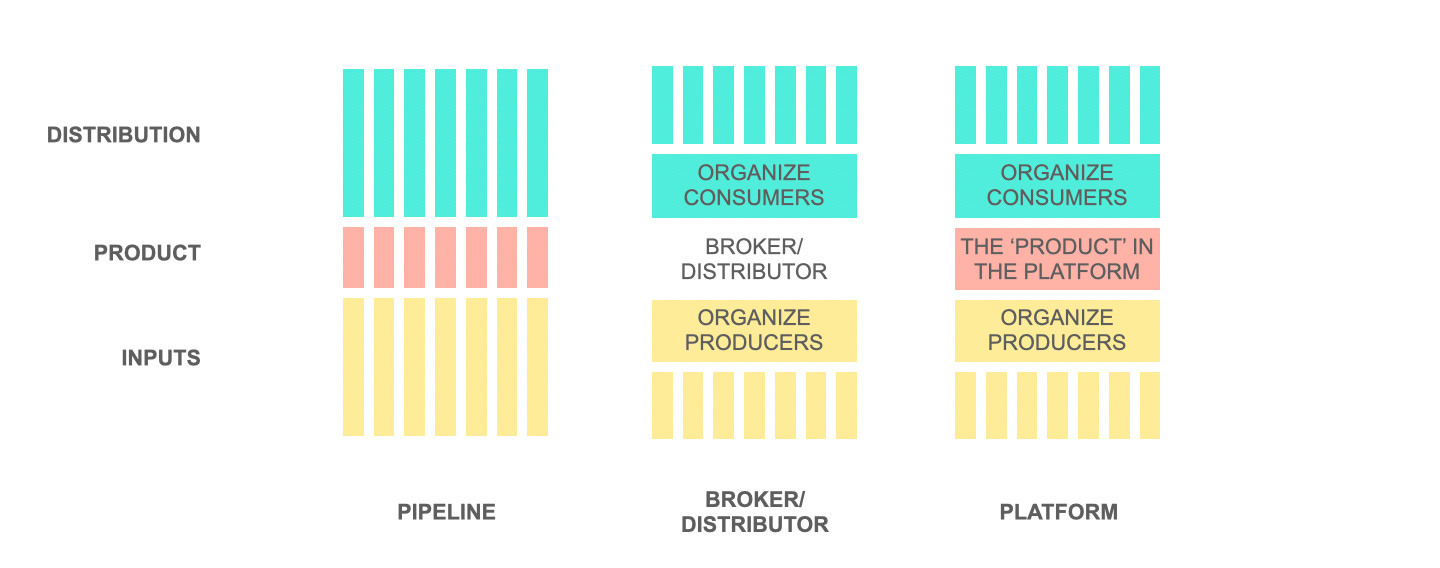Strategy
The first-mover disadvantage: Why startups fail
Amazon is entering India. The timing, and not the move in itself, catches the eye. 2010-2011 was a period of rampant funding and hazy valuation calculation for Indian e-commerce. Flipkart was widely celebrated as the first mover that got most things right. Amazon is, of course, coming to the party once it’s over and done with.
Cash on delivery has proven to be a dud, the ecommerce model itself is broken in many places. And for all those who entered the fray a couple of years back, most have done little more than serve consumers at below-cost prices in an effort to bite off some of the pie. In effect, Amazon is entering a landscape conveniently created by its potential competitors, most of whom are either too exhausted or on the verge of joining the deadpool.
In effect, Amazon knew all along that there was a significant ‘First-mover Disadvantage’ to launching in India.
In an industry where decisions are often spurred by the Fear of Missing Out (FOMO), the first-mover disadvantage blows all conventional startup wisdom out of the water. Startups believe in running to gain traction and becoming big faster than their competition. Venture capitalists invest in growth at the expense of all other factors. And yet, there are conditions under which first movers actually suffer a significant disadvantage.
Market creation challenges
Most startups embarking on an entirely new business model in a new market face the challenge of making the market. Talks of product-market fit go out of the window not because the product isn’t good enough, but because the market isn’t ready for it, no matter how good the product be.
Early to the game often requires one to create a game before they can start playing.
First movers may often have to invest in one or more types of market creation:
1. Demand creation: Udemy, one of the pioneers of the online education marketplace model, struggled to get instructors on board initially. Teaching online for money was an alien concept. Paying to learn online, from non-accredited sources, was unproven. Udemy had to invest in getting both sides of the market educated about the concept. It relied significantly on PR based on instructor success to create awareness and interest among other prospective instructors.
2. Investment in removal of friction: These are especially tricky. The first mover may have to invest in solving some fundamental infrastructural problems and late movers may benefit from these efforts without spending a dime. Startups like Flipkart invested heavily in creating alternate cash collection mechanisms to improve per-transaction economics.
Tesla, today, has to invest in creating a supporting infrastructure of charging points for a world of electric cars. The best recourse in such a scenario is to create infrastructure that is well-controlled and can be subsequently owned and licensed. This is not always as straightforward as it sounds. Removal of friction is often at odds with any form of control. Hence, most advantage created by the first-mover is often lost to a slow-but-sure-footed late entrant.
First-Mover Disadvantage: Why you may fail by doing everything right!
Feel Free to Share
Download
Download Our Insights Pack!
- Get more insights into how companies apply platform strategies
- Get early access to implementation criteria
- Get the latest on macro trends and practical frameworks
Regulation hacking
When startups go head to head with traditional industry counterparts, being the first-mover isn’t pretty at all.
Startups trying to compete with large incumbents often hit a roadblock when the traditional industry is heavily regulated. The incumbents tend to lobby well with regulators and force them to protect their interests. Airbnb’s problems with the rental industry and Uber’s problems with the transportation industry are frequent reminders of the challenges that the early mover faces.
Most industries that look ripe for disruption but haven’t been disrupted yet, typically have a regulation card up their sleeve. Education, for example, is highly regulated when it comes to certification. These regulations are largely the reason incumbents are able to hold out and counter disruption at this point.
Legal services, again, is an industry ripe for disruption, being a high value services vertical and one where the majority of the end product can be transmitted digitally. However, industry regulation, again comes in the way and protects the incumbents.
Regulation typically lags innovation, and the first-mover often has to face the strongest pushback when disrupting the way the industry base traditionally worked.
In both cases above, the problem of product market fit isn’t something that can be solved on the product side. It is the market that needs to be fixed. Once fixed, a late, but carefully observant, entrant may easily come in and benefit from the first-mover’s efforts.
It is important to watch out for significant factors that point towards a first-mover disadvantage. This doesn’t necessarily imply that the startup should give up the idea of getting in, in such cases. If a startup does invest in solving for the initial challenges, it needs to have a clear path for exclusively harnessing the advantages it creates.
Tweetable Takeaways
First-Mover Disadvantage: Why you may fail by doing everything right! Tweet
Why first-movers fail! First movers invest in demand creation but others may capitalize. Tweet
Why first-movers fail! The first-mover often has to face the strongest pushback in #Disruption. Tweet
State of the Platform Revolution
The State of the Platform Revolution report covers the key themes in the platform economy in the aftermath of the Covid-19 pandemic.
This annual report, based on Sangeet’s international best-selling book Platform Revolution, highlights the key themes shaping the future of value creation and power structures in the platform economy.
Themes covered in this report have been presented at multiple Fortune 500 board meetings, C-level conclaves, international summits, and policy roundtables.
Subscribe to Our Newsletter













